Overview
Platelet-Rich Plasma (PRP) treatment for the skin is an advanced cosmetic procedure gaining popularity for its remarkable rejuvenating effects. This involves extracting plasma enriched with platelets, growth factors, and proteins from the patient’s own blood. These components stimulate collagen production, promote cell renewal, and leading to improved skin texture, tone, and elasticity.
During the procedure, PRP is carefully injected or applied topically to specific areas of the skin, targeting fine lines, wrinkles, and acne scars. The natural healing properties of PRP help restore a youthful appearance by reducing signs of aging and enhancing overall skin health. This non-surgical approach is favored for its minimal downtime and natural results.
Types Of PRP Treatment for Skin
The selection of PRP treatment for skin rejuvenation depends on specific skin concerns, desired outcomes, and individual skin characteristics. There are several approaches to PRP therapy, each tailored to varying skin needs and treatment goals.
| PRP Type | Description | Conditions Treated | Probable Downtime |
|---|---|---|---|
| Pure PRP | PRP with a high concentration of platelets and minimal red/white blood cells | Fine lines, wrinkles, mild scarring, skin texture | Minimal downtime, 24-48 hours |
| Leucocyte-rich PRP (LR-PRP) | PRP containing white blood cells (leucocytes) | Acne scars, deeper wrinkles, moderate scarring | Moderate downtime, 2-4 days |
| Advanced PRP (A-PRP) | PRP enriched with growth factors or additives to enhance efficacy | Severe acne scars, significant aging signs, volume loss | Significant downtime, 4-7 days |
Fantastic Results Of PRP Treatment
PRP (Platelet-Rich Plasma) for skin treatment has shown promising results, visibly improving skin texture, tone, and elasticity. Before and after images of patients reveal a reduction in fine lines, wrinkles, and overall rejuvenation. These transformations highlight PRP as a valuable option in non-surgical cosmetic procedures.
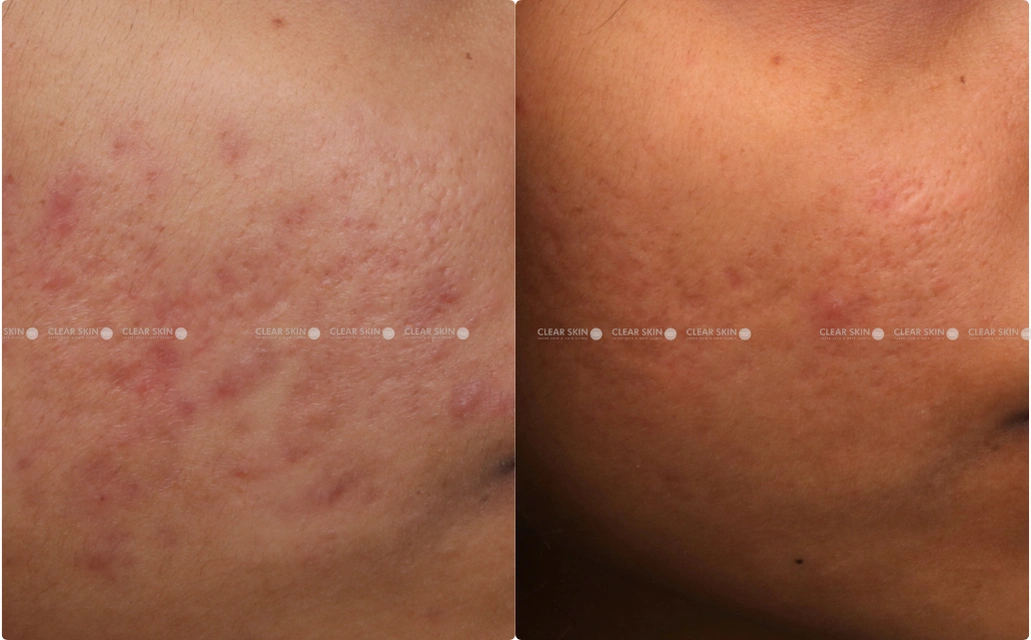
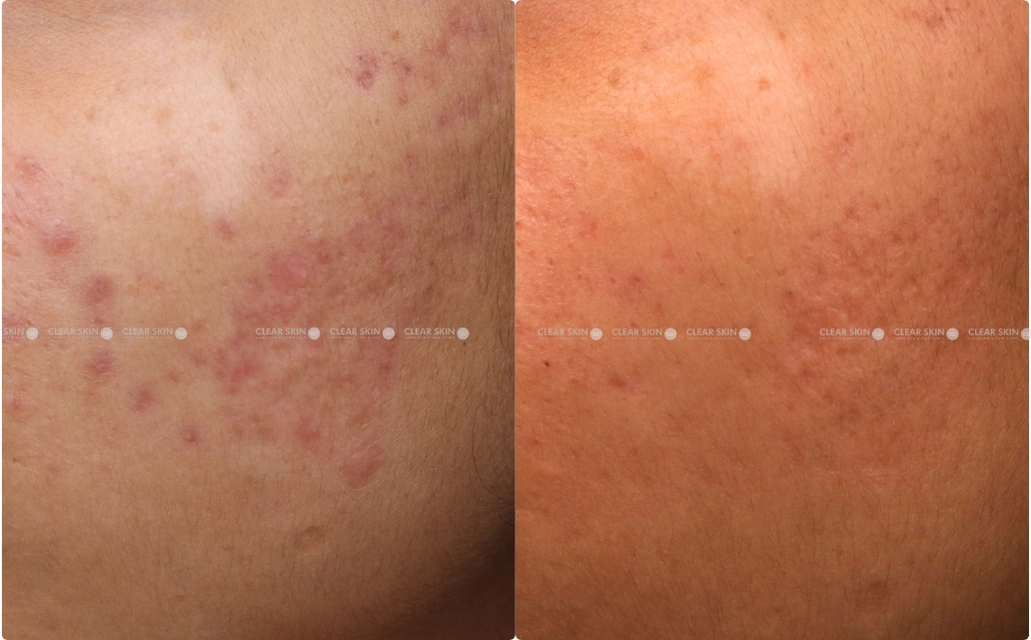

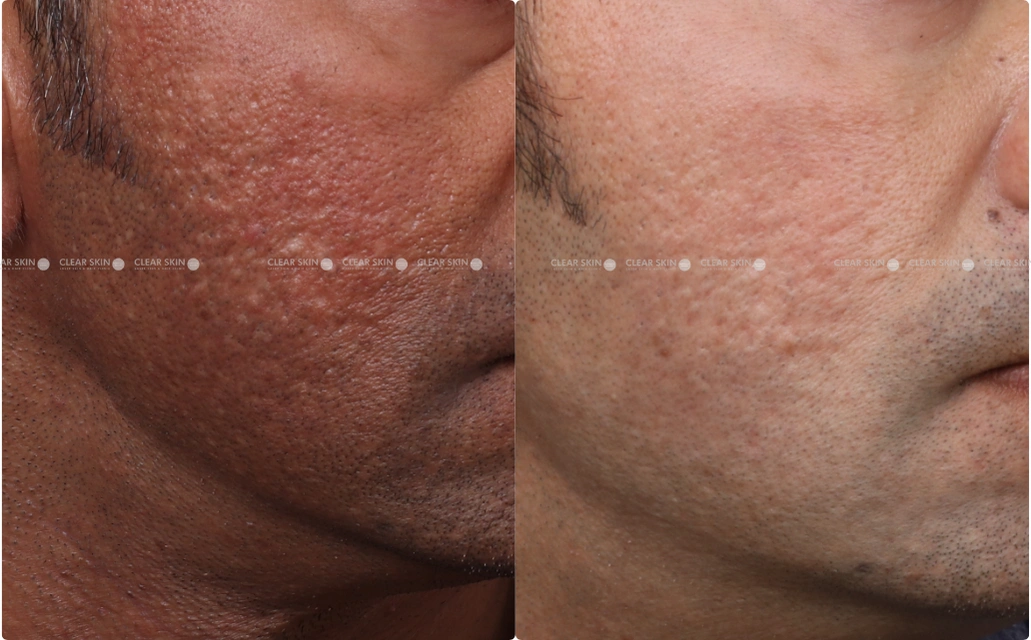
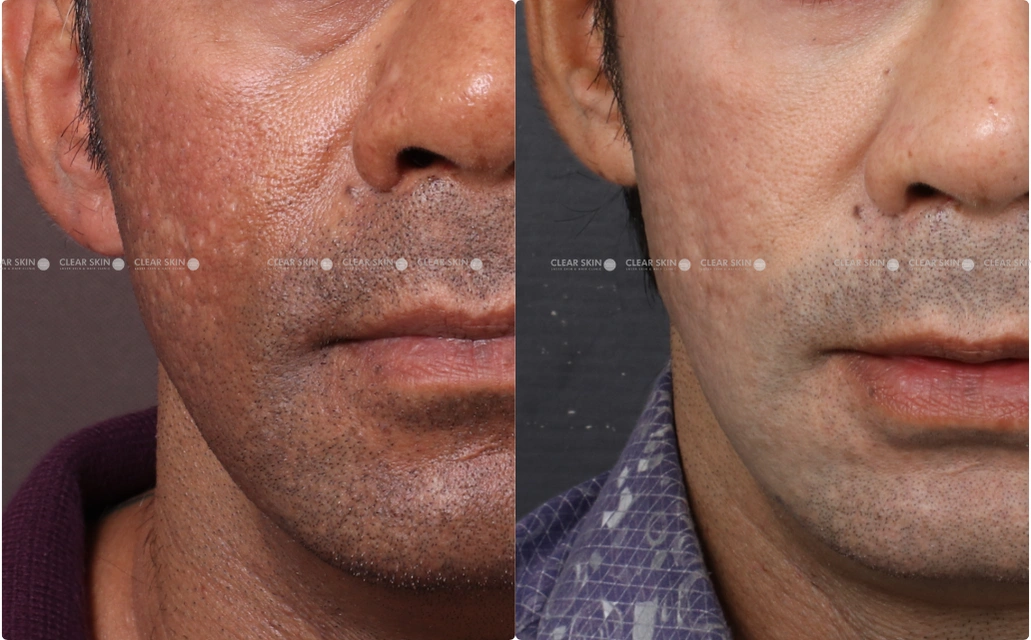
Successfully Transforming Skin with PRP Treatment for Over 34 Years.
(You are one click away from flawless skin)
Cost Of PRP Treatment In Pune
The cost of PRP (Platelet-Rich Plasma) for skin treatment in Pune varies based on the clinic and the extent of treatment, typically ranging from INR 2,500 to INR 10,000 per session. Pricing may differ depending on additional services bundled with PRP, such as microneedling or specific skincare products tailored to enhance results. Consultation with a certified dermatologist in Pune is advisable to determine the exact cost and personalized treatment.
| Conditions | Min. Cost Per Session | Max. Cost Per Session | Avg. Cost At Clearskin |
|---|---|---|---|
| Acne Scar | Rs. 3000 | Rs. 8000 | Rs. 4000 |
| Skin Rejuvenation | Rs. 2500 | Rs. 9000 | Rs. 4000 – 8000 |
| Stretch Marks | Rs. 3500 | Rs. 10000 | Rs. 4000 – Depends upon body part |
Get Free Cost Estimate For PRP Treatment
Send your photos and get the tentative cost of treatment at Clearskin
Process Of PRP Treatment
Patient’s Guide To PRP For Skin Treatment
All you need to know
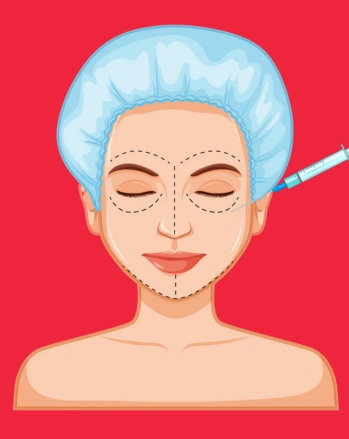
PRP for Skin treatment uses your own platelet-rich plasma. This helps to rejuvenate your skin, reduce wrinkles, and enhance overall skin texture.
Steps Involved
1 Consultation
Evaluate skin concerns and medical history to determine suitability for PRP treatment.
2 Preparation
Avoid blood-thinning medications, ensure clean, makeup-free skin on treatment day.
3 Blood Draw
Extract a small amount of blood from the arm, similar to a routine blood test.
4 PRP Extraction
Spin blood in a centrifuge to separate and concentrate platelet-rich plasma.
5 Treatment Application
Inject PRP into specific areas or apply topically after microneedling for enhanced absorption.
6 Recovery and Results
Experience mild redness, swelling, or bruising post-procedure, followed by gradual improvements in skin texture and firmness over weeks.
Platelet-Rich Plasma (PRP) treatment harnesses the healing power of your own blood to rejuvenate and enhance your skin’s appearance. Here’s what you can expect during this innovative procedure:
Consultation: Your journey begins with a consultation where your dermatologist or cosmetic surgeon evaluates your skin concerns and medical history. This discussion helps determine if PRP treatment is suitable for you.
Preparation: Prior to your treatment, it’s advised to avoid blood-thinning medications and supplements to minimize bruising risks. On the treatment day, ensure your skin is clean and free of makeup.
Blood Draw: A small amount of blood, similar to that taken for a routine blood test, is drawn from your arm.
PRP Extraction: The drawn blood is then placed into a centrifuge machine that spins it at high speeds. This process separates the plasma from other blood components, concentrating the platelets and growth factors essential for skin rejuvenation.
Treatment Application: Depending on your needs, the PRP is either injected into specific areas of concern (like fine lines, wrinkles, or acne scars) or applied topically after microneedling. Microneedling creates tiny channels in the skin, enhancing the absorption of PRP for deeper rejuvenation.
Recovery: After the procedure, you may experience mild redness, swelling, or bruising, which usually resolves within a few days. Your provider will advise you on post-treatment care, including avoiding sun exposure and strenuous activities.
Results: Over the following weeks, you’ll notice gradual improvements in skin texture, tone, and firmness as PRP stimulates collagen production and enhances tissue repair.
Maintenance: To maintain and enhance your results, follow your provider’s skincare recommendations and consider periodic PRP maintenance sessions.
PRP treatment offers a natural, non-surgical solution for achieving smoother, more youthful skin, making it a preferred choice for individuals seeking effective skin rejuvenation with minimal downtime.
Post Procedure Care
Following Platelet-Rich Plasma (PRP) treatment for skin rejuvenation, adhering to post-care instructions is crucial. Protect treated areas with sunscreen, avoid prolonged sun exposure for 48 hours to prevent UV damage. Use gentle cleansers, moisturizers, and avoid harsh products to maintain hydration and prevent irritation.
Drink plenty of water to support skin regeneration. Refrain from makeup and harsh chemicals post-treatment. Limit strenuous activities, hot baths, and saunas for 24-48 hours to reduce inflammation. Regular follow-up with your healthcare provider ensures proper monitoring and personalized advice. By following these steps diligently, you can optimize PRP therapy benefits for smoother, healthier skin long-term.
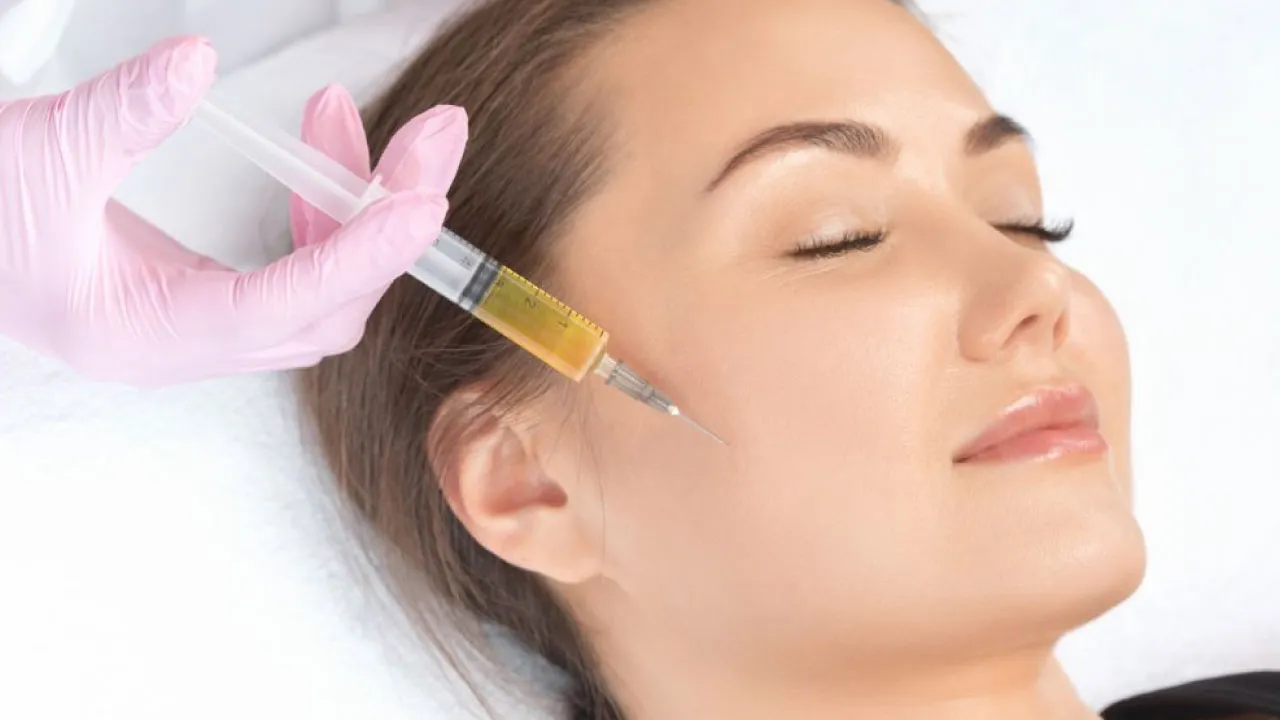
Probable Side Effects
The probable side effects may include:
Mild Discomfort: Some patients may experience temporary discomfort during the procedure, such as pain or burning at the injection site.
Redness and Swelling: Immediately after treatment, mild redness and swelling at the injection sites are common and usually resolve within a few hours to days.
Bruising: Bruising at the injection sites may occur, particularly in individuals prone to bruising or with sensitive skin.
Risk of Infection: Although rare, there is a minimal risk of infection at the injection sites.
Allergic Reaction: While extremely uncommon, allergic reactions to PRP components can occur. Providers screen patients for allergies beforehand and monitor for any signs of allergic response.
Skin Sensitivity: Some patients may experience increased skin sensitivity or irritation post-treatment, which typically resolves within a short period.
Temporary Changes in Pigmentation: In rare cases, temporary changes in skin pigmentation, such as lightening or darkening, may occur. These changes usually fade over time.
Failure to Achieve Desired Results: Results can vary, and in some cases, patients may not achieve the expected level of improvement in skin texture or appearance.
While PRP therapy offers potential benefits for skin rejuvenation, patients should be aware of possible temporary discomfort, minor side effects like redness and bruising, and rare risks such as infection or allergic reactions. Results can vary, and some individuals may not achieve their desired outcome.
We Are Here To Answer Every Possible Doubt You Have On PRP Treatment.
If you don’t find answer to your query, then please write down to us. We are always here to help you.
What is PRP for skin?
PRP (Platelet-Rich Plasma) for skin is a non-surgical procedure that uses a patient’s own blood plasma, enriched with platelets, to rejuvenate and improve the appearance of the skin.
How does PRP work for skin?
PRP is extracted from the patient’s blood and contains growth factors and proteins that promote collagen production, skin regeneration, and healing. When applied to the skin or injected, it stimulates tissue repair and improves skin texture and tone.
What skin concerns can PRP treat?
PRP (Platelet-Rich Plasma) therapy is effective for treating various skin concerns such as fine lines and wrinkles, uneven skin tone and texture, acne scars, sun damage, and dull or aging skin.
What are the benefits of PRP for skin?
PRP for skin offers benefits such as improved texture and elasticity, reduction in fine lines and wrinkles, enhanced hydration and volume, and natural-looking results with minimal downtime.
Is PRP safe for skin treatments?
Yes, PRP is considered safe for skin treatments because it utilizes the patient’s own blood, reducing the risk of allergic reactions or complications. However, it’s essential to undergo the procedure with a trained and experienced healthcare provider.
How is PRP for skin administered?
PRP for skin can be administered through:
- Topical application after microneedling or other skin treatments
- Injection directly into specific areas of concern
How long does a PRP treatment session take?
A typical PRP treatment session takes about 30 to 60 minutes, depending on the areas being treated and the method of application.
How many PRP sessions are needed to see results?
Results vary, but a series of treatments (usually 3-4 sessions spaced 4-6 weeks apart) is often recommended for optimal results. Maintenance treatments may be suggested to prolong benefits.
What can I expect after a PRP treatment?
After PRP treatment, some patients experience mild redness, swelling, or bruising at the injection site. These effects usually subside within a few hours to days, and most people can resume normal activities immediately.
Who is a good candidate for PRP skin treatments?
Good candidates for PRP skin treatments are individuals looking to improve the appearance of their skin without invasive procedures. It’s suitable for most skin types and ages, but a consultation with a healthcare provider can determine candidacy based on individual skin concerns and medical history.
